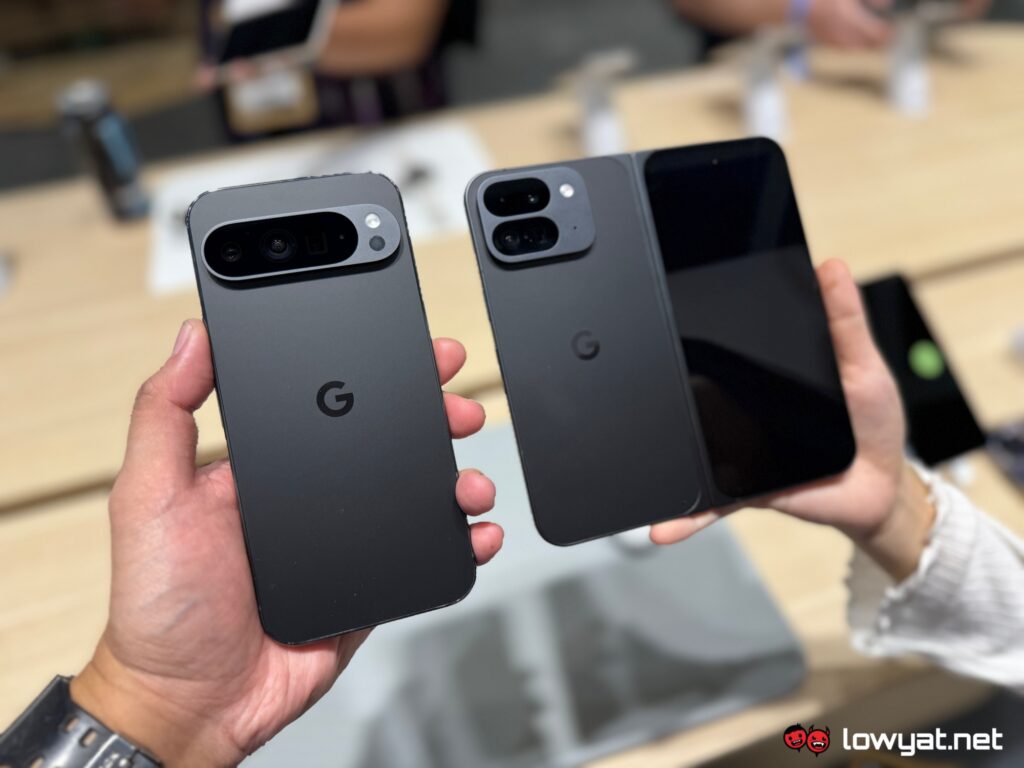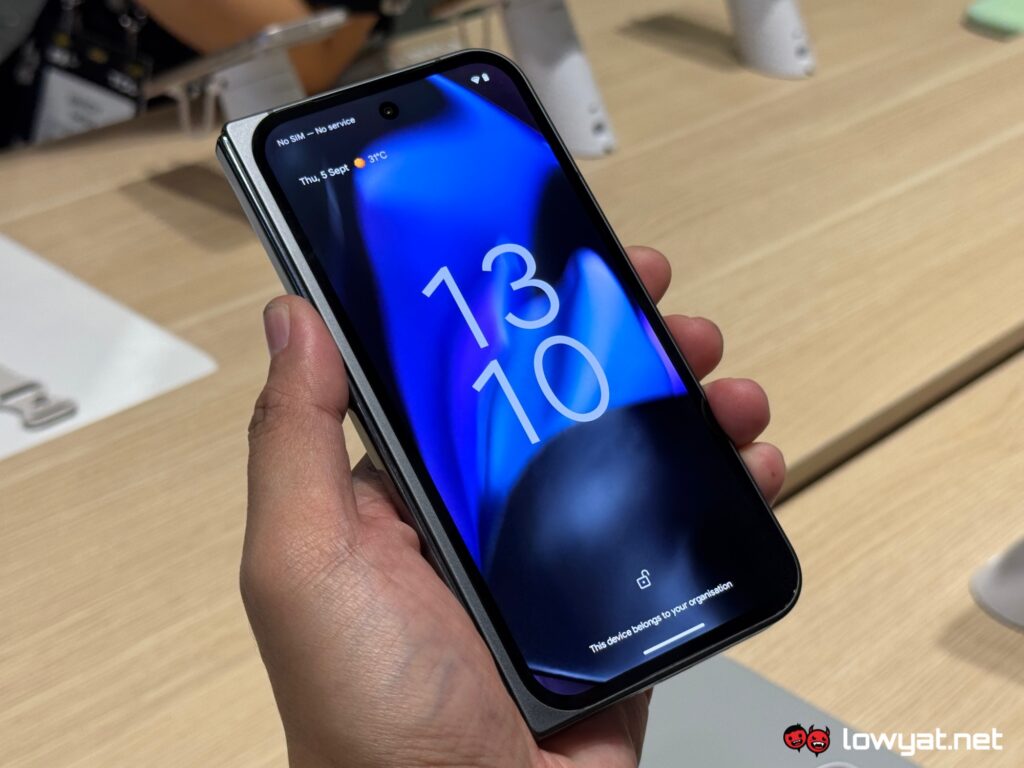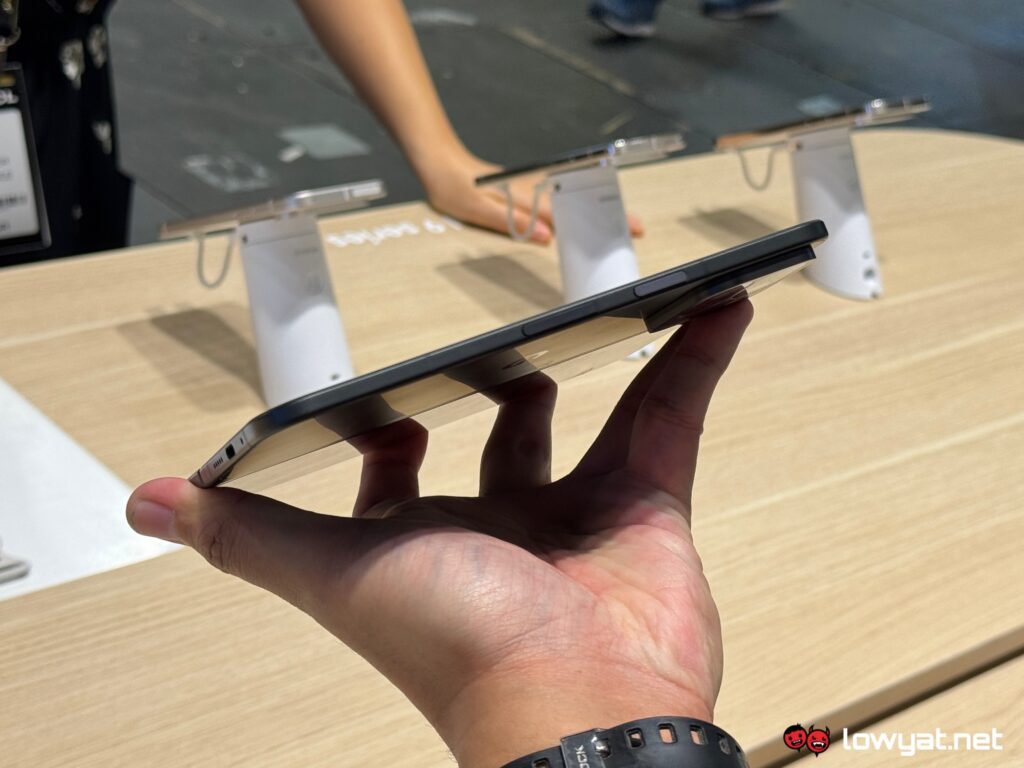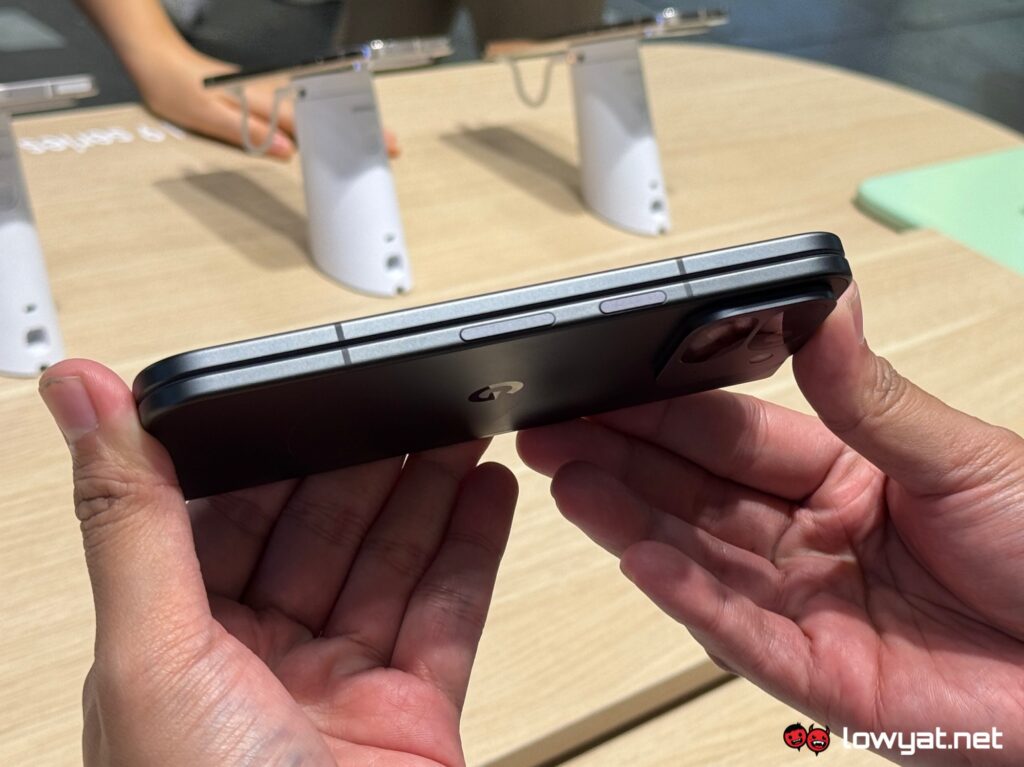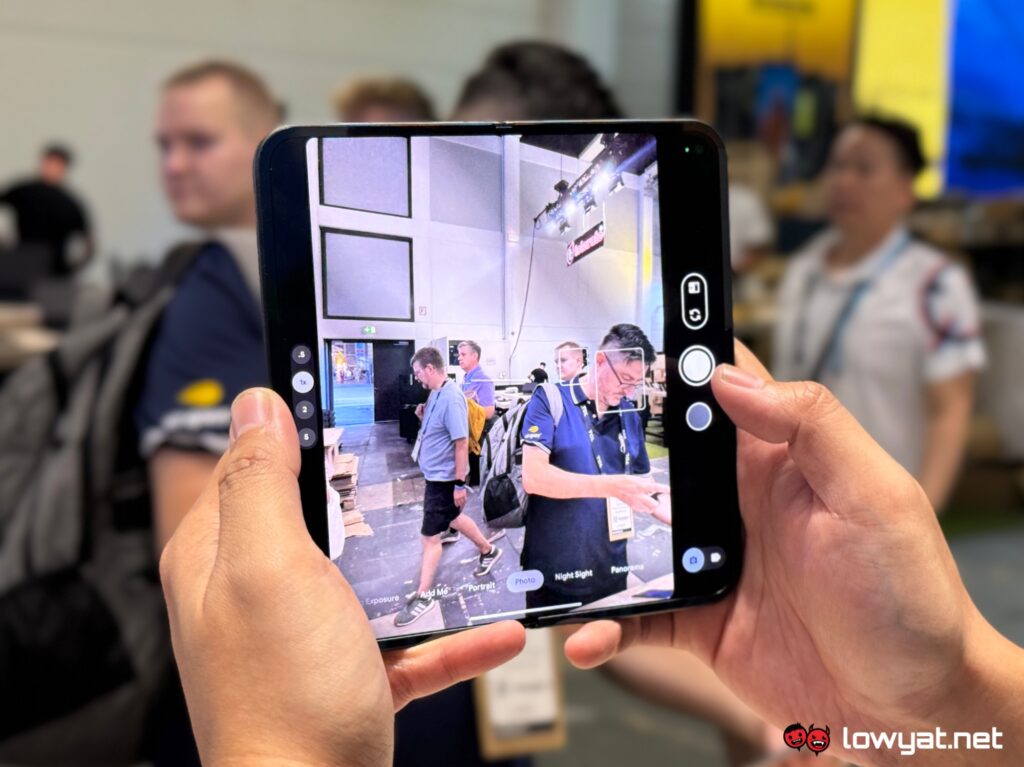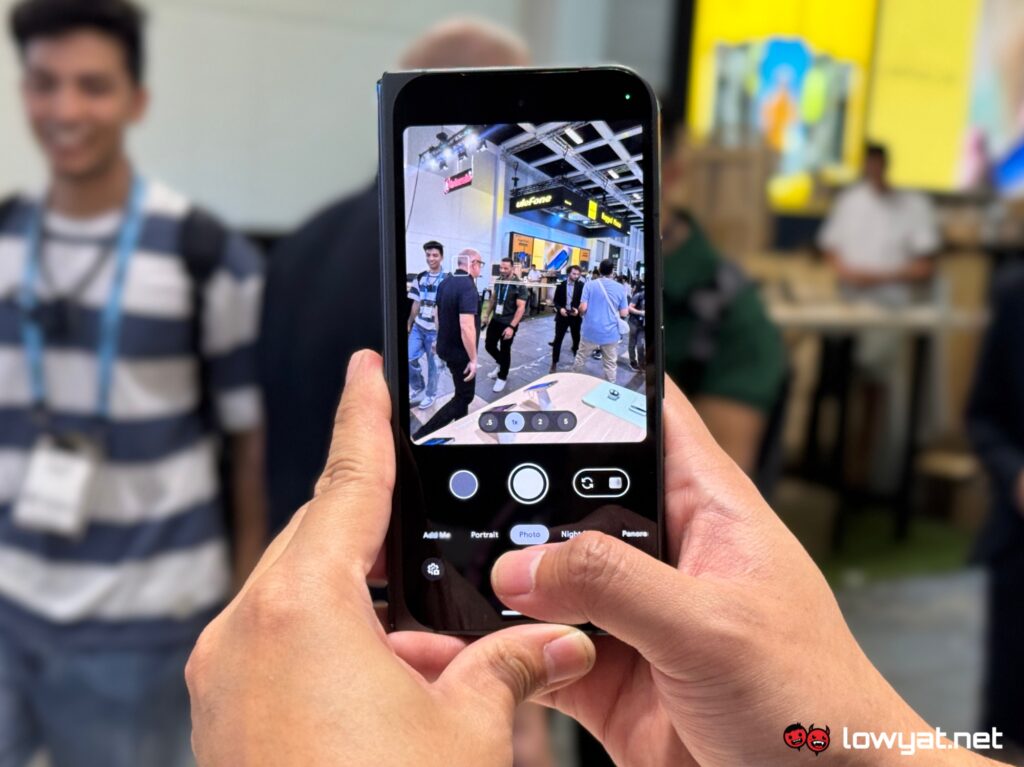When Google launched its Pixel 9 smartphones for the first time in Malaysia last month, one particular entry from the series didn’t make the cut. That being its second-gen foldable device, the Pixel 9 Pro Fold, which the company later confirmed won’t be coming to the local market.
The phone itself did make an appearance during IFA 2024 in Berlin last week, which is a boon for journalists and visitors alike from regions excluded from Google’s target markets. Having attended the event, I popped by the tech giant’s booth to try the Pixel 9 Pro Fold for myself.
First thing’s first, don’t expect a thorough evaluation, as I was given only a couple of minutes to play around with the device. And due to how strict Google was with the sampling (there were a lot of people), I wasn’t able to test its performance or transfer over any photos taken with its cameras.
![]()
In its folded form, the Fold feels like any regular bar-shaped smartphone, and is slightly thinner than Samsung’s Galaxy Z Fold6 while also smaller than the Pixel 9 Pro XL. Its external 6.3-inch OLED display is decent, featuring only 1080 x 2424 pixel resolution like the regular Pixel 9, along with 120Hz refresh rate, 2700 nits peak brightness, HDR support and Corning Gorilla Glass Victus 2 protection.
One gripe I have about this particular screen are the thick bezels which surround it, especially on the left where extra space is present to accommodate the phone’s hinge. It’s a bit nitpicky, but many other similar devices have already evolved past this, even offering users with more screen estate.
Flipping over to the back, we’re greeted with a clean rear panel with a matte finish that’s similar to other models under the Pixel 9 series. The only difference is the square camera bump on the top left corner, which houses triple camera setup in two separate rows. Oh, there’s no temperature sensor either.
Despite the Pro moniker, the foldable packs arguably lesser sensors; specifically a 48MP primary, a 10.8MP telephoto with 5x optical zoom, and a 10.5MP ultra-wide. Shots taken with all three rear cameras look good, but are noticeably less stellar when compared to the Pixel 9 Pro and Pixel 9 Pro XL. Meanwhile, both front-facing shooters on the external and internal displays feature 10MP sensors, so make of it what you will.
![]()
Unfolded, the Pixel 9 Pro Fold offers a larger 8-inch OLED display with 2076 x 2152 pixel resolution, 120Hz refresh rate, HDR10+, and 2700 nits peak brightness. The viewing experience is more pleasant here thanks to the higher resolution, which is excellent for media consumption and multitasking. However, like most foldable smartphones in the market, a crease is visible in the unfolded form, but is only noticeable when the screen is off.
Meanwhile, the Pixel 9 Pro Fold’s stock Android interface works well on both of its displays. Like the rest of the line-up, you can expect a bloatware-free app drawer that’s only populated by essential Google apps, so no complaints there.
![]()
In terms of multi-tasking, the phone could only support two apps running simultaneously in separate windows on the larger, unfolded screen. Which is rather odd, especially when other similar devices currently in the market already allow for more windows to be displayed. Granted, the argument here is that two windows can provide you more information than having multiple, smaller ones.
Other notable features on the foldable include the various built-in Gemini AI tools which are more or less the same as those offered on the other Pixel 9 models, dual screen mode for Google Meet, Dual Screen Preview for photos, and Rear Camera Selfie. Oh, and there’s also a cute yet handy feature for parents called “Made You Look”, which displays an animation on the external screen to grab the attention of kids while snapping a picture.
![]()
So, are we really missing out since the phone isn’t coming to Malaysia? Not really.
As it is, there’s plenty of choices when it comes to foldable smartphones in the local market, with some offering more features than Google’s own. On the flip side, the company has promised to bring the device’s successor to Malaysia, which would hopefully bring substantial upgrades along with it. However, it will be around a year or so away before we can actually see it.
Follow us on Instagram, Facebook, Twitter or Telegram for more updates and breaking news.


